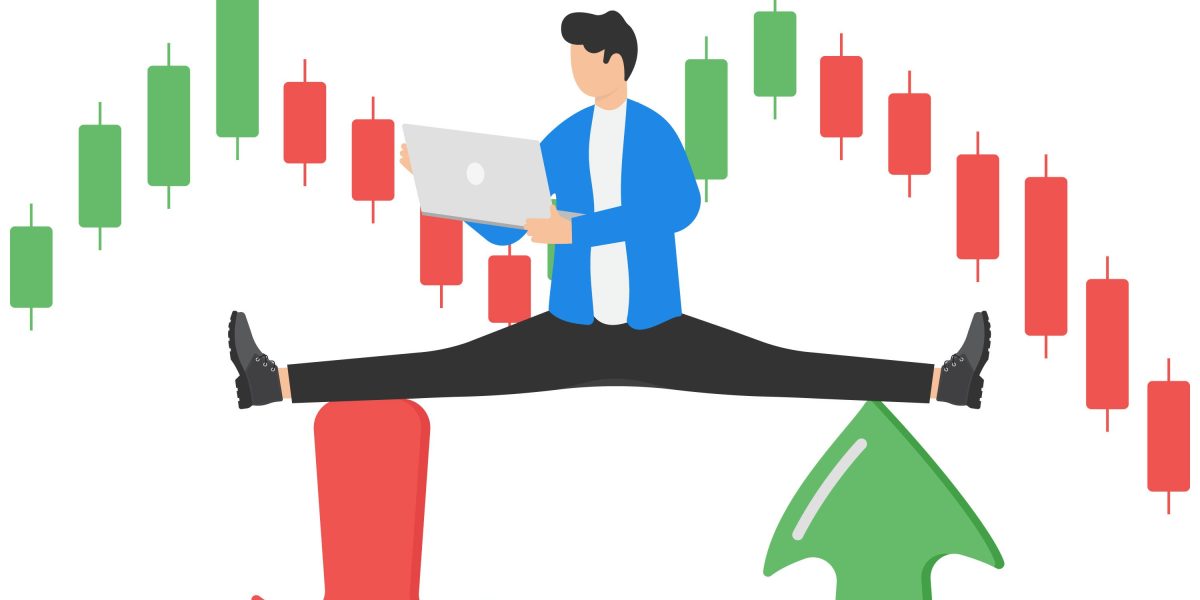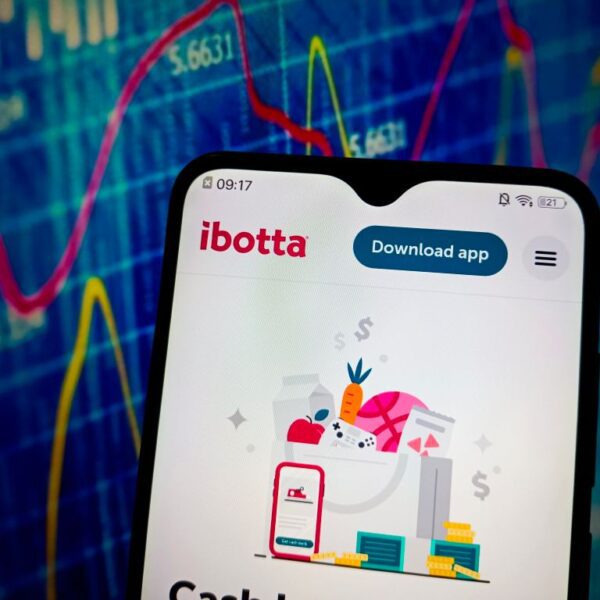

We’ve come to the end of the strongest bull-run market for venture capital (VC). But even as investors remain cautious, technological innovation has spurred massive opportunities, with today’s focus on generative artificial intelligence (GenAI). According to our analysis of Crunchbase data, AI-related companies raised $5.6 billion in Q1 2024, accounting for 17% of VC investment. AI only represented 10% of investment on average between 2013 to 2022.
This technology is laying the foundations for future investment opportunities. Companies that can deploy GenAI responsibly will achieve sustainable success and potentially break out of the boom-and-bust cycles that have characterized most innovation. While there will inevitably be winners and losers, the recovery period between innovations that transform our lives will continue to shorten, a trend we’ve seen especially in recent technological history.
PCs broaden access for businesses and consumers (1980s)
In the 1980s, the widespread adoption of the personal computer, powered by the development of the microchip, enabled consumers and businesses to better organize information. From 1980 to 1983, the potential for massive returns in the growing software technology market drove $739 million of venture funding into a proliferation of computer startups working to drive innovation. This also fueled the creation of new VC firms in the U.S.—from 92 active VC firms managing $4.1 billion in 1980 to nearly 400 active firms managing $28.6 billion by the end of the 1980s, according to National Venture Capital Association figures.
Market downfall: The Black Monday stock market crash in October 1987 led to a contraction in the computer boom. The crash made it difficult for tech companies to raise money and make sales.
Internet expansion opens a new era of commerce (late 1990s–2001)
As the economy recovered from the computer and disk drive bust, the internet developed into a medium for commerce and social interaction, building upon innovations in personal computing. Networked PCs revolutionized the way businesses operated, setting the stage for the dot-com boom of the late 1990s and the growth of e-commerce.
Entrepreneurs created websites to sell products, build and promote new businesses, streamline processes, and share information more efficiently. The internet broke down barriers in access, reaching international markets and allowing businesses of all sizes to reach consumers directly.
A wave of VC funding supported the growth of this new medium, enabling online innovations to flourish. Investment into VC-backed companies peaked in 2000, led by $24 billion invested in software. This also set the stage for big tech companies to become cornerstones of the current economy.
Market downfall: A lack of sustainable and profitable business models and significant overvaluations burst the dot-com bubble in 2001.
Debut of the smartphone and the explosion of social and mobile technology (2005-2021)
The introduction of smartphones and faster and better internet connectivity enabled the rise of mobile technologies and apps. As smartphones became ubiquitous, virtually every industry embraced mobile and digital technologies, opening the door for the emergence of the sharing economy.
Many successful companies emerged that allowed people to share nearly anything. The proliferation of sharing apps and services coincided with the 2008 financial crisis, spurring people to look for alternative ways to generate income and save money.
Simultaneously, low interest rates, along with advances in computing power and cloud-based technology, fueled the formation of more than 50,000 VC-backed companies by 2021 with companies raising $341 billion in VC funds. The ranks of unicorn startups with valuations above $1 billion soared. This era was also marked by hyper-competition, with so much cash flowing into the space from VCs that companies handed out free trials to potential customers to improve market share.
Market downfall: Post-COVID market volatility prompted an industry course correction. Many companies grew too rapidly, adding staff and expanding into business ventures that failed to deliver tangible results. Meaningful shifts in investor priorities and valuation resets also halted the free flow of private capital.
GenAI exuberance (2022 to present)
In Q1 2024, deal volume dropped to its lowest levels since 2012, as investors scrutinized value propositions. Companies in the GenAI space were the exception to this rule. If not for funding directed to AI-related companies, the $32.8 billion in venture capital that companies raised in Q1 2024 would have been significantly smaller.
GenAI has the potential to usher in a significant era of growth across nearly all industries. While many companies have been developing GenAI use cases and applications for years now, the technology is still relatively new and prompting major investments in startups.
Potential impacts of this technology include:
- An inevitable overexposure of GenAI in the marketplace as investors adopt a first-mover advantage mindset, stimulating a substantial inflow of capital to these companies.
- The proliferation of the GenAI ecosystem as extensive funding is focused on companies that offer software, microchips, data sets, and other elements essential for AI to function and develop.
- A significant deployment of VC funding to energy companies that can provide more sustainable sources of energy to supply the enormous power needs required by GenAI.
- AI’s transformative potential also raises significant risks from its misuse. This will inspire a deep focus among companies and government bodies on the responsible use of GenAI.
Despite the ambient enthusiasm, there are concerns about the sustainability of the current surge in funding for GenAI. Overinvestment in this technology has the potential to lead to another market downfall if the products that come to market aren’t as cutting-edge as anticipated. However, historical patterns indicate a likely recovery and eventual success, as seen in the technological evolutions of both the computer and internet industries.
Challenges remain for entrepreneurs and investors alike in the aftermath of the bull market of recent years—but history shows that every cycle provides a new foundation for VCs to recover faster and come back even stronger as they capitalize on new opportunities.
More must-read commentary published by Fortune:
The opinions expressed in Fortune.com commentary pieces are solely the views of their authors and do not necessarily reflect the opinions and beliefs of Fortune.















